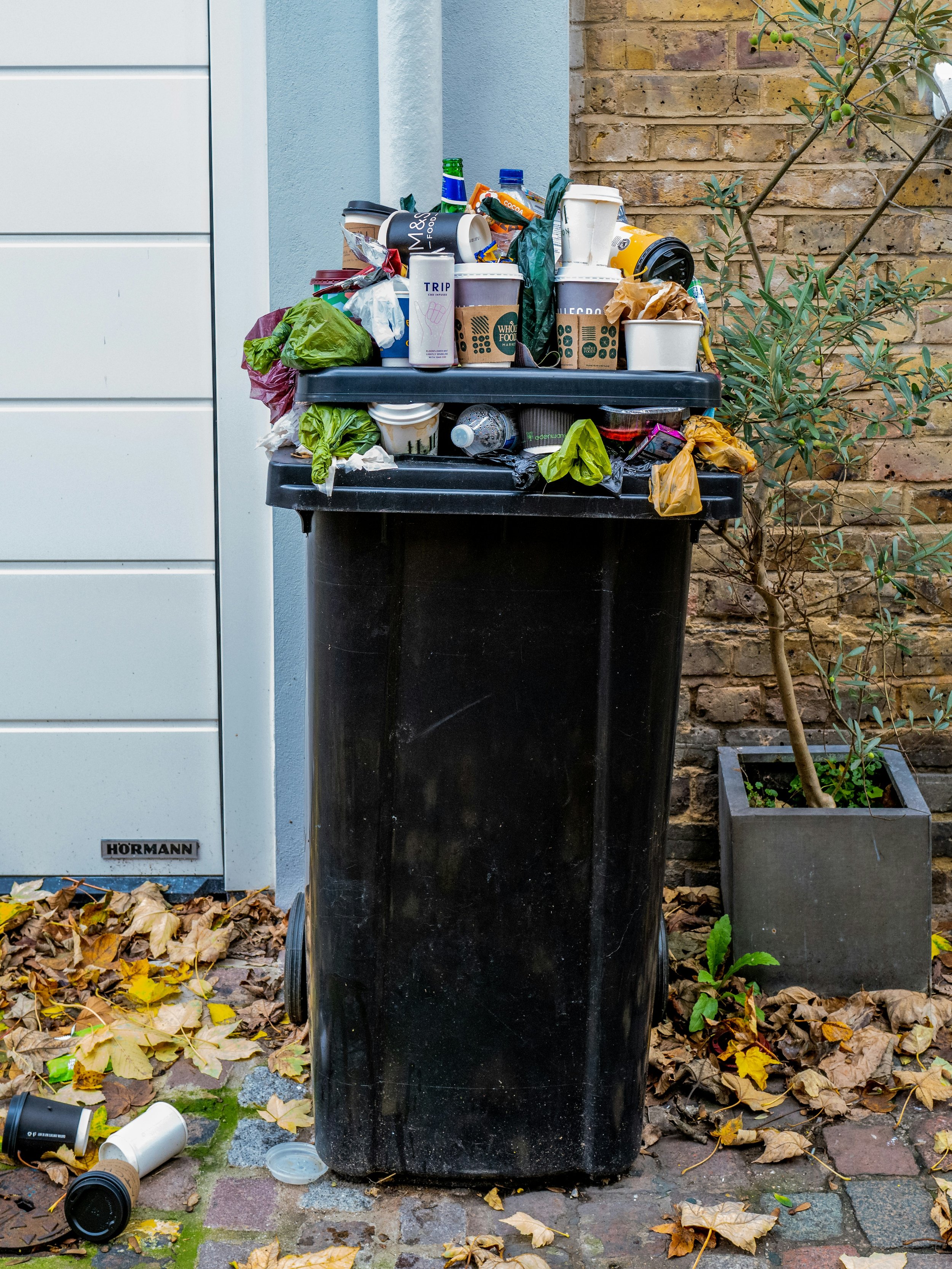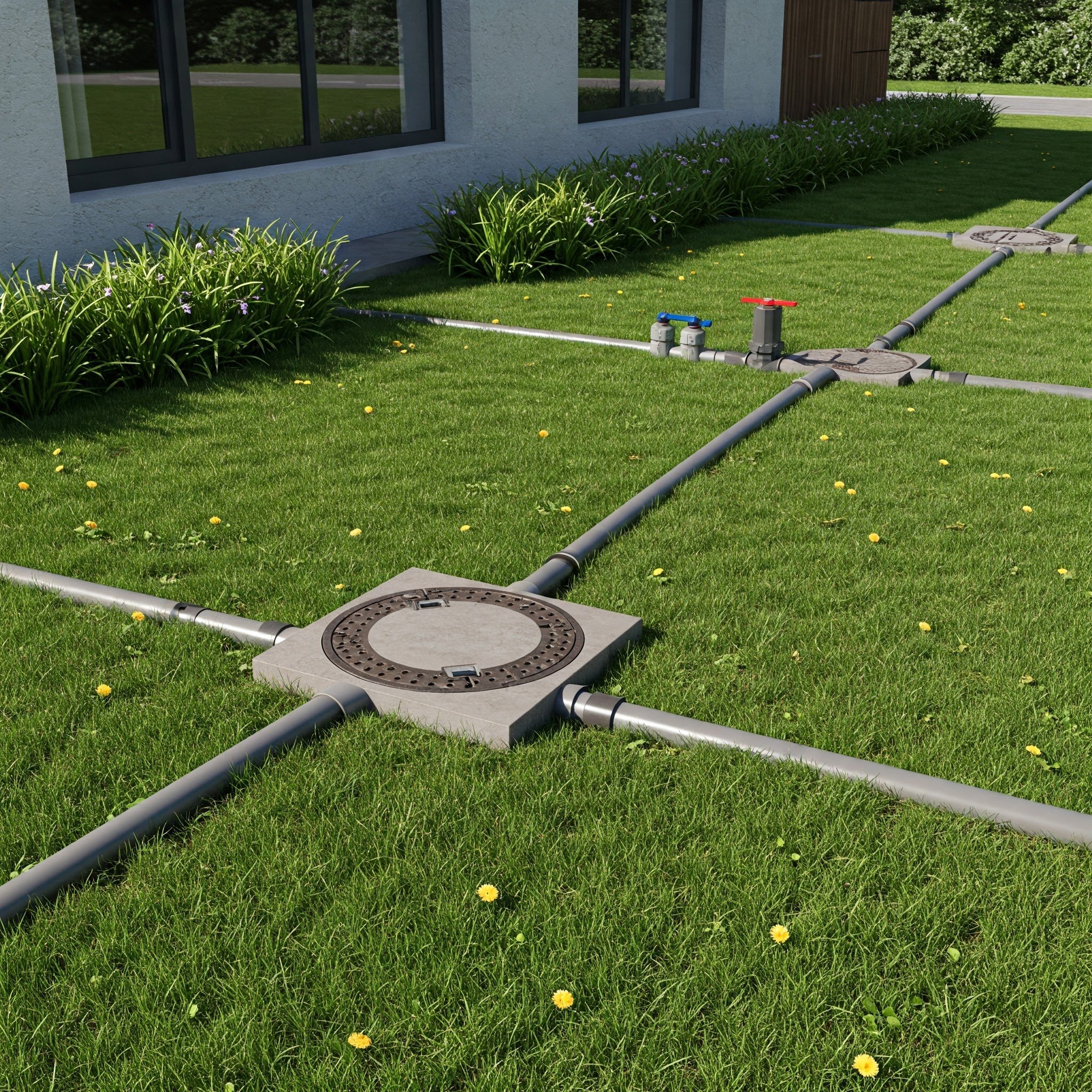What Should You Do to Prevent a Pest Infestation of an Outdoor Dumpster?
Don’t let your outdoor dumpster become a pest paradise! Learn what you should do to prevent a pest infestation of an outdoor dumpster with these practical and effective tips.
An outdoor dumpster is a magnet for pests—raccoons, rats, flies, and even the occasional bear (yikes!). If left unchecked, it can turn into an all-you-can-eat buffet for unwanted critters, leading to health hazards, foul odors, and a complete eyesore. So, what should you do to prevent a pest infestation of an outdoor dumpster?
Simple: Stay proactive! A well-maintained dumpster can keep pests at bay, protecting your property and sanity. Let’s dive into some foolproof ways to keep those pesky intruders away.
What Should You Do to Prevent a Pest Infestation of an Outdoor Dumpster?
1. Keep the Dumpster Lid Closed—Always!
It might seem like a no-brainer, but you’d be amazed at how often people forget to close the lid on their outdoor dumpsters. An open dumpster is an open invitation to pests—raccoons, rats, and even insects can easily climb inside and feast on whatever leftovers they find. By keeping the lid tightly shut, you’re cutting off their access to food, making your dumpster far less attractive. Plus, sealing it properly helps trap odors, which can travel long distances and lure pests from all around. Another key benefit? It prevents rainwater from collecting inside. A damp dumpster is a breeding ground for bacteria, mold, and insects like mosquitoes, which thrive in standing water. So, do yourself a favor—keep that lid closed and keep the pests out!
2. Pick the Right Dumpster Location
The location of your dumpster plays a huge role in keeping pests away. Placing it too close to building entrances, food prep areas, or dark, damp corners is like rolling out the red carpet for rodents and insects. These areas provide easy access to food, shelter, and moisture—everything pests need to thrive. Instead, choose a dry, well-lit location with plenty of airflow. Bright, open spaces make pests feel exposed and vulnerable, discouraging them from hanging around. Avoid setting your dumpster near overgrown vegetation or piles of debris, as these spots offer the perfect hiding places for rats and other critters. By being strategic about dumpster placement, you can make your waste area far less inviting to unwanted visitors.
3. Use a Secure Dumpster with a Tight-Fitting Lid
A loose or damaged dumpster lid is an open invitation for pests, practically rolling out the red carpet for rodents, raccoons, and insects. If your dumpster isn’t securely sealed, determined critters will have no trouble getting inside for a feast. To keep them out, invest in a heavy-duty, tightly sealed dumpster with a sturdy lid that pests can’t pry open. Locking lids offer extra protection, preventing raccoons and larger animals from rummaging through the trash. Opting for a metal dumpster is also a smart move since rats and other rodents can easily chew through plastic. Lastly, don’t forget to inspect the lid regularly for damage—small cracks or gaps can quickly turn into an open door for hungry pests looking for an easy meal.
4. Double-Bag the Garbage—Or Better Yet, Use Sealed Bags
Leaving loose trash in a dumpster is like setting out a buffet for pests. The moment they catch a whiff of food, they’ll come running—or scurrying! To minimize the risk, double-bag food scraps to trap odors and prevent leaks. Using heavy-duty trash bags is another must since flimsy bags can tear easily, spilling waste and attracting rodents, flies, and other unwanted guests. Before tossing any bag into the dumpster, seal it tightly to prevent odors from escaping. Want an extra layer of protection? Scented trash bags aren’t just for making garbage smell better—they actually help deter pests, too. Taking these simple precautions makes your dumpster less appealing to critters, keeping your waste area clean, pest-free, and much more manageable.
5. Clean the Dumpster Regularly
Think of your dumpster like your kitchen—if you never clean it, things will get downright disgusting. A filthy dumpster becomes a breeding ground for bacteria, maggots, and foul odors, attracting pests like flies, rodents, and raccoons. To keep it clean and pest-free, hose it down weekly to remove food residue and debris. At least once a month, give it a deep scrub with disinfectant to eliminate bacteria and lingering smells that might attract pests. After washing, let the dumpster dry completely, as standing water creates the perfect environment for mold and insect breeding. A clean, dry dumpster is far less appealing to pests, making it one of the simplest yet most effective ways to prevent infestations and keep your waste area under control.
6. Reduce Liquids in the Dumpster
Moisture is like an open invitation for pests, turning your dumpster into the perfect breeding ground for flies, maggots, and bacteria. To keep things dry, drain food waste before tossing it in to prevent leaks and lingering odors. Never pour liquids directly into the dumpster, as pooled water attracts rodents and creates a haven for insects. If spills happen, use absorbent materials like sawdust or baking soda to soak up moisture quickly and prevent nasty buildup. The goal is to keep your dumpster as dry as possible—pests are far less interested in a space that doesn’t offer them easy access to food and water. A dry dumpster means fewer infestations, less odor, and a much cleaner waste disposal area overall.
7. Keep the Area Around the Dumpster Clean
Keeping the dumpster itself clean is great, but if the surrounding area is a mess, pests will still come sniffing around. Sweep up spills, remove loose trash, and never leave garbage bags sitting outside the dumpster, as these can easily be torn open by raccoons, rats, or stray animals. If possible, place the dumpster on a concrete or asphalt surface instead of grass or dirt—pests like rodents love to burrow in soft ground near food sources, creating hidden nests and making infestations harder to control. A well-maintained, clean, and dry dumpster area is one of the best ways to discourage pests from setting up shop. The less inviting the space, the less likely you’ll have unwelcome visitors rummaging through your trash!
8. Install Motion-Activated Lights or Sprinklers
Many pests, especially raccoons and rats, thrive under the cover of darkness, sneaking into dumpsters when no one’s watching. Keeping the area well-lit can make them think twice before attempting a late-night raid. Bright lights make pests feel exposed and vulnerable, discouraging them from sticking around. For an extra layer of defense, install motion-activated floodlights that turn on whenever movement is detected—startling intruders and sending them scurrying away. Want to take it up a notch? Motion-activated sprinklers can deliver an unexpected splash, teaching pests to steer clear of the area. These small investments can significantly reduce nighttime dumpster activity, making your waste disposal area far less appealing to scavenging critters looking for an easy meal.
9. Use Pest Repellents
You don’t always need heavy-duty chemicals to keep pests away—sometimes, natural repellents work just as well! A simple yet effective trick is placing ammonia-soaked rags near the dumpster—rats and raccoons can’t stand the smell and will steer clear. Peppermint oil is another great option, as it naturally repels rodents and insects while leaving behind a fresh scent. If bugs are an issue, try sprinkling diatomaceous earth around the dumpster area—it’s harmless to humans and pets but deadly to insects by dehydrating them on contact. Using these repellents regularly can create an invisible barrier that keeps pests from getting too comfortable. A few strategic applications can go a long way in keeping your dumpster pest-free and odor-controlled!
10. Work with a Professional Waste Management Service
If you’ve done everything—sealed the lid, kept the area clean, used repellents—and pests still won’t back off, it’s time to bring in the professionals. A waste management company can provide pest-resistant dumpsters designed to keep rodents and raccoons from prying their way inside. They also offer regular waste pickup, preventing trash from piling up and reducing the attraction for scavengers. If the problem persists, they can apply safe pest control treatments to create a long-term barrier against infestations. Sometimes, outsourcing the issue is the most effective (and stress-free) solution. Instead of battling pests alone, let the experts handle it, ensuring your dumpster stays clean, secure, and free of unwelcome visitors looking for an easy meal.
Conclusion
So, what should you do to prevent a pest infestation of an outdoor dumpster? Simple—stay proactive! Keep the area clean, secure the lid, and invest in a sturdy, pest-resistant dumpster. Reducing odors, sealing trash bags properly, and regularly cleaning the dumpster will make it far less inviting to rodents, raccoons, and insects. Don’t forget to eliminate moisture, use natural repellents, and consider motion-activated deterrents for added protection. If pests still won’t quit, bring in the pros to handle the situation with expert solutions. A pest-free dumpster isn’t just about cleanliness—it means a healthier, safer environment for everyone around. So, take action today, stay consistent, and most importantly—keep that dumpster lid locked tight!
Frequently Asked Questions
1. What attracts pests to an outdoor dumpster?
Food scraps, standing water, and strong odors are the biggest culprits. Keep trash sealed and the area clean to minimize attraction.
2. How often should I clean my dumpster?
Ideally, once a week for light cleaning and once a month for a deep scrub with disinfectant.
3. Do raccoons and rats really chew through plastic dumpsters?
Absolutely! Rodents can gnaw through plastic like it’s butter. Metal dumpsters are a better bet for pest prevention.
4. Can I use chemicals to keep pests away?
Yes, but opt for natural repellents like ammonia, peppermint oil, or vinegar before using harsh pesticides.
5. What should I do if I already have a pest infestation?
Remove all trash and clean the dumpster.
Use strong repellents or traps.
Consider relocating the dumpster.
Call a pest control professional if the problem persists.
































